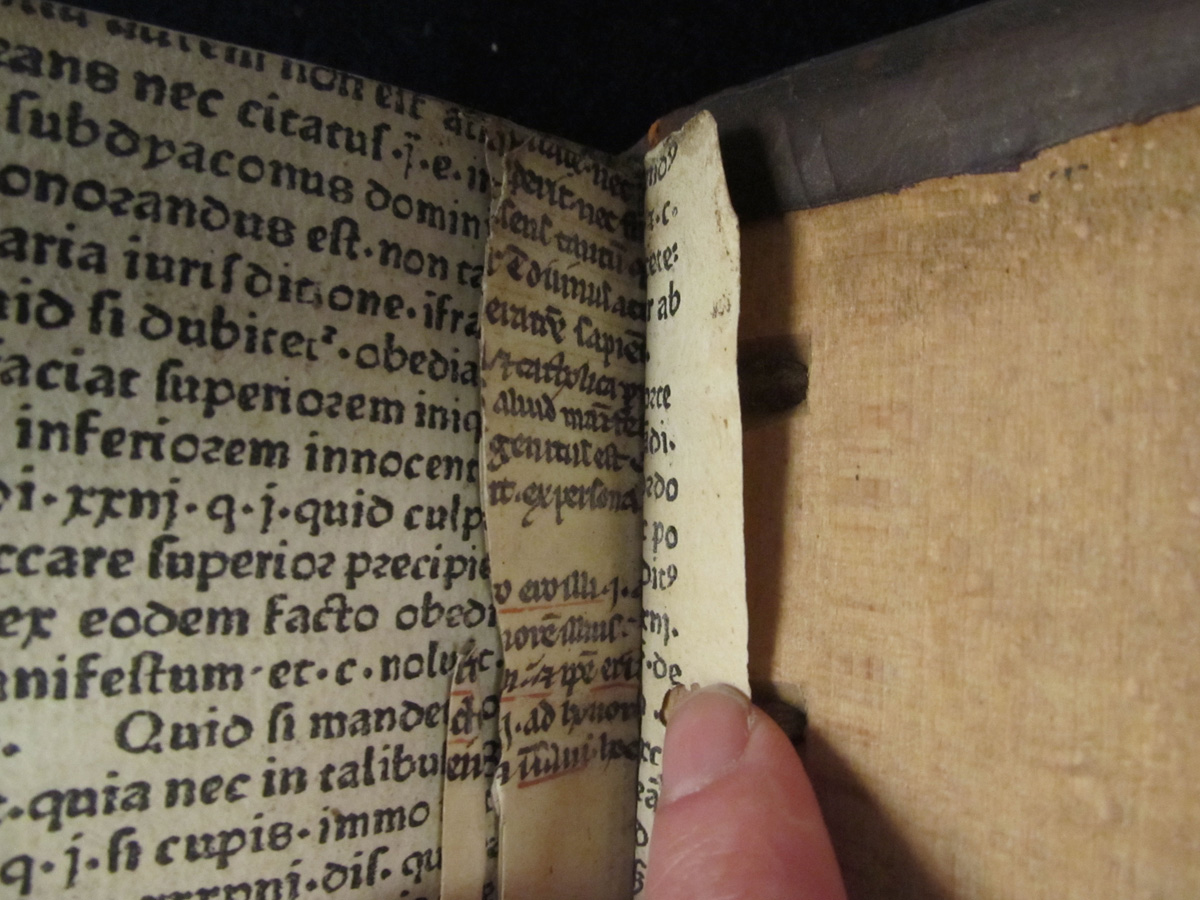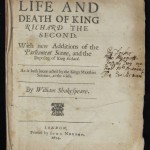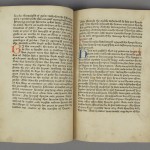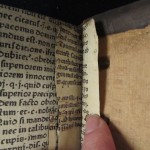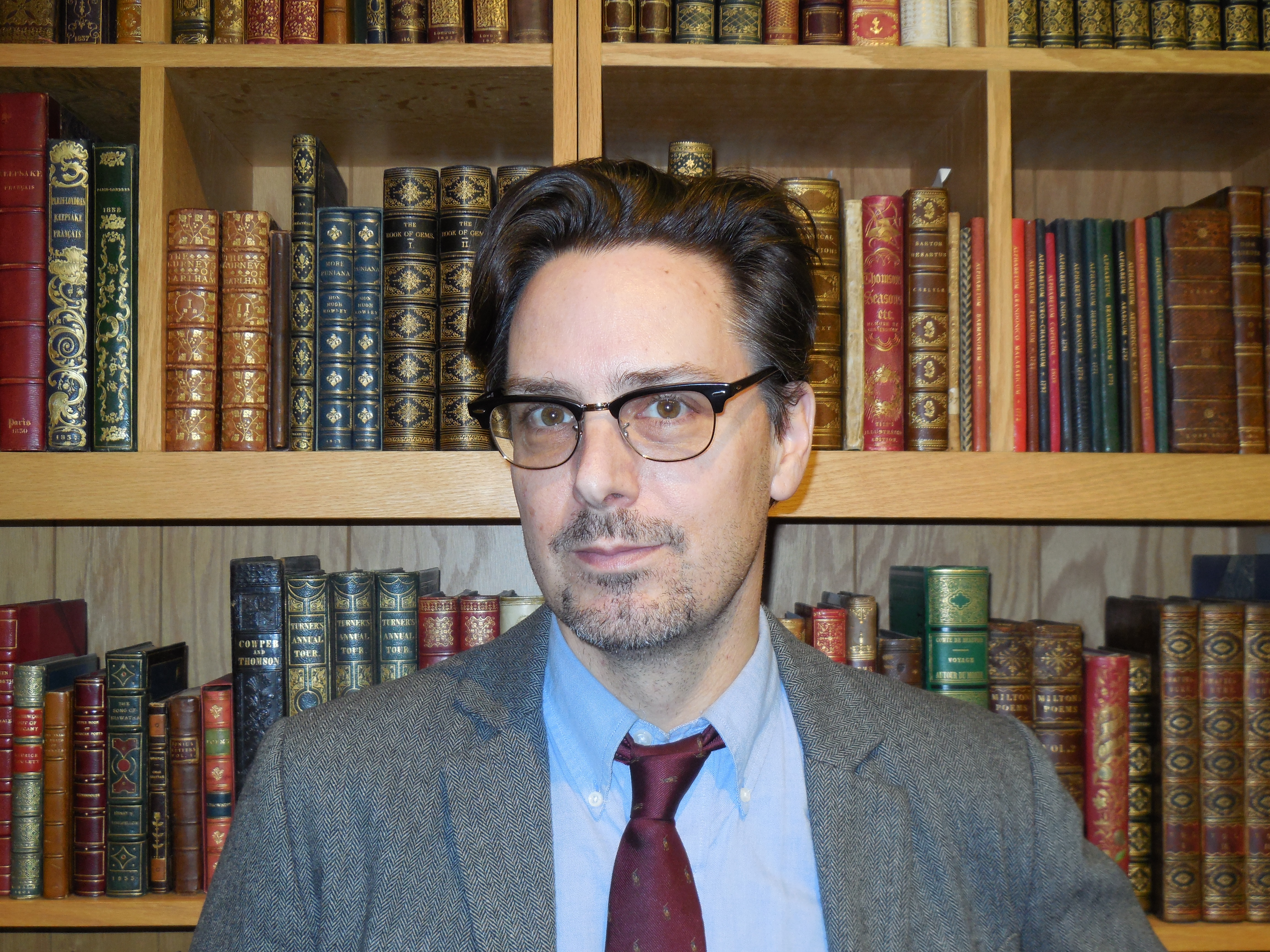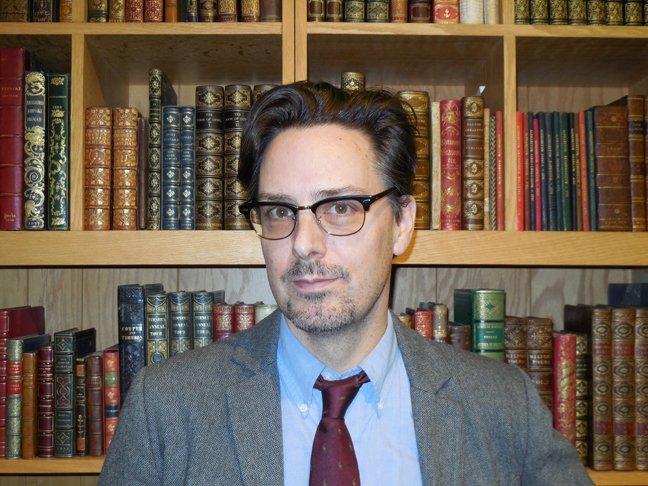Biblia Latina. Mainz: Johann Gutenberg, 1454–55.
Genesis, Chapter I. Volume I:5r
Among the most striking features of the two volume Gutenberg Bible is the consistency of its printing and the elegance of its letterforms: the rich black ink, evenly pressed into the page resembles the applied precision of a pen—and for good reason. The typeface of the Gutenberg Bible is based on the standard hand-written letterform used in religious works of the late-medieval period: Textura, also referred to as Blackletter, or Gothic. The letters have strong vertical stokes and a boxy appearance. The exact technique by which Gutenberg cast his type in lead is not fully agreed upon by scholars, but it is generally thought that the types were produced by casting molten metal into small letter-shaped molds.
[Read more…] about The Jenson Bible joins the Gutenberg Bible’s page turning

